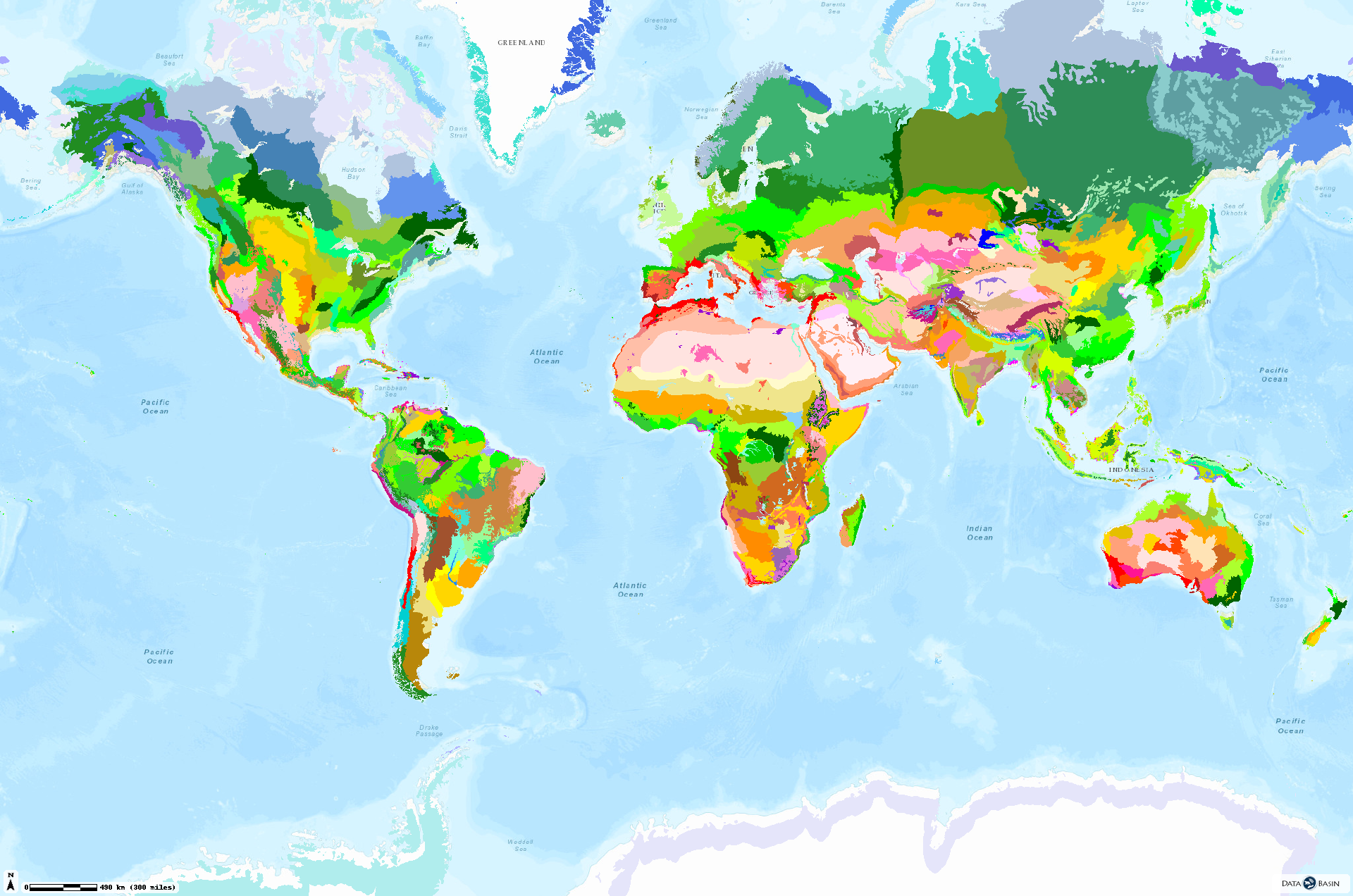Nkhomo-benga is a term used in South African politics, referring to a person or group who has been involved in a corruption-related scandal or issue that has had an impact on their political career. This can include issues related to public service, business dealings, or any other aspect of their life.
Nyikoa is a term in African culture that means "the spirit of the people." It's used to describe how individuals or groups of people feel about their country, its leaders, and the political system.
Oruza is a term used in various parts of Africa, particularly in Nigeria, where it is commonly associated with the cultural and religious practices of the Hausa people. It encompasses a variety of activities, beliefs, and customs that are deeply rooted in African history and culture.
"Furcijuxta" is a phrase in Yoruba, an African language spoken primarily in West Africa. It means "the wolf and the tiger." This expression often signifies the conflict between two powerful animals that have been fighting for dominance over each other. The term is commonly used to describe the tension between various factions or groups within a group or society.
Macrocorynus is a type of bird in the family Timalidae, which includes some of the most iconic birds such as the African Grey Parrot and the Blue Anser. These birds are known for their distinctive black and white plumage with long wings. They are typically found in forests and open areas, often living in colonies or groups.
Ruyschia is a genus of plants native to Africa, known for their unique leaves that are often used in traditional African medicines and herbal remedies.
Daroza, a term used in African American culture, is often associated with the idea of seeking a way out or overcoming adversity by joining forces with others and working together toward common goals. It's often seen as a metaphor for unity and collective action, emphasizing the importance of collaboration and cooperation in achieving success.
Dasyrhynchus is a genus of plants in the family Spathiphyllum (Spathiphyllumaceae). These plants are known for their unique and distinctive flowers, which have been described as "sandy" due to their appearance resembling sandy soil. They are native to southern Africa and are often associated with rocky areas or in habitats that are similar to those found on the African savanna.
Laringa is a type of language, specifically in the African languages spoken in South Africa, which includes the languages of Khoisan and Zulu. It is characterized by its complex grammar, rich vocabulary, and unique pronunciation patterns. Laringa is also known for its use of abacuses, which are a form of non-verbal communication used to convey information or emotions.
Bunaeini is a genus of plants in the family Proteaceae, which includes many species native to Africa and Asia. They are known for their ability to produce edible fruit, such as fruits that can be eaten whole or cooked. Some examples include the African banana (Banane), which has a smooth, sweet outer skin that can be eaten raw; the African walnut (Walnut) with its nut-like texture; and the African fig (Ficus) which is known for its juicy
Atewa is a traditional African dance style that originated in Nigeria. It involves intricate footwork, hand gestures, and music played on drums or other instruments. This dance typically incorporates elements of African storytelling and cultural expression.
Afraranea is a type of animal commonly found in African savannas, which are characterized by their dense vegetation and extensive grasslands. These animals include elephants, lions, and hippos, among others. They play an important role in maintaining the balance of the ecosystem as they graze on plants and play a crucial role in controlling herbivory.
Panoquina is a type of plant that grows in various climates, often found in tropical regions such as Africa, Asia, and Australia. It is known for its unique shape, which resembles a small cone or "piano," and its ability to thrive in poor soil conditions. Panoquians are also commonly used in traditional African medicine for their medicinal properties.
Papawera is a term that refers to the name given to an African American child who was adopted by a white family and raised in a predominantly African American neighborhood. This term has been used historically as a way to describe people of color who were brought up in a predominantly white environment, often due to social or economic factors.
Ainuyusurika is a term used in traditional African culture, often referring to a person who possesses supernatural or magical powers. This concept varies significantly across different cultures and may not have a universal meaning.
A Furcagobius is a type of saber-toothed cat that is found in the African savannas, often associated with the Great Wildebeest migration. This carnivorous species typically has a large head and a powerful jaw, making it ideal for hunting small animals like antelopes.
A monkeypod is a type of musical instrument that consists of a wooden or plastic body with a string attached, typically played by a monkey. It is often used in traditional African and Caribbean music styles due to its unique sound.
Alphaena is a genus of flowering plants in the family Asteraceae, native to tropical Africa. They are characterized by their distinctive white flowers and large leaves that resemble those of the African bushvetch.
Nematus, also known as the African bushvetch or African grassvine, is a type of flowering plant in the family Fabaceae native to Africa and parts of Asia Minor, including Iraq, Syria, Lebanon, Jordan, and Palestine. It is characterized by its distinctive, upright, and wiry stems that are covered in rough, dark green leaves. The leaves are usually sessile or glabrous, but can also be alternate or alternate-leaved. The flowers are typically arranged
Ikauma is a term used in traditional African medicine, referring to a type of plant that has been traditionally used for medicinal and healing purposes due to its anti-inflammatory properties. It is often associated with the belief that it can help alleviate certain health conditions such as arthritis, pain, and inflammation. The specific name Ikuma could also be a translation or a variation of the term "jika" in Wolof, a language spoken in Senegal and Mauritania, which means "plant" or
Myuchelys is a genus of flowering plants in the family Apiaceae, native to southern Africa and parts of Asia. They are commonly known as the African violet or the red-crowned violet. The species have bright, colorful flowers that bloom brightly throughout the year, with their leaves resembling those of a blueberry or raspberry. Myuchelys is often cultivated for its ornamental value in gardens and can be used in various applications such as cut flowers, potting soil, and even
Mileewinae is a term in biology that refers to a type of plant species found primarily in the African savanna, characterized by its elongated leaves and dense foliage, often with bright orange or red flowers.
Euthyrhynchus is a genus of flowering plants in the family Asteraceae, native to Asia and Africa. They are commonly known as the "black-eyed peas" because they have black eyes rather than yellow ones typical for other species. These plants are primarily used in traditional African medicine for their medicinal properties.
Yoruba is a language spoken in Nigeria, also known as Yoruba, and it's an Afrocentric language. It belongs to the Bantu family of languages and has been influenced by other African languages including Hausa and Igbo. The Yoruba language has around 350 million speakers worldwide.
Ushanaia is a term in African culture that refers to a person who is considered to be an important figure or leader due to their status, position, or influence within a community. It often involves being respected and admired by others for their accomplishments or contributions to society.

